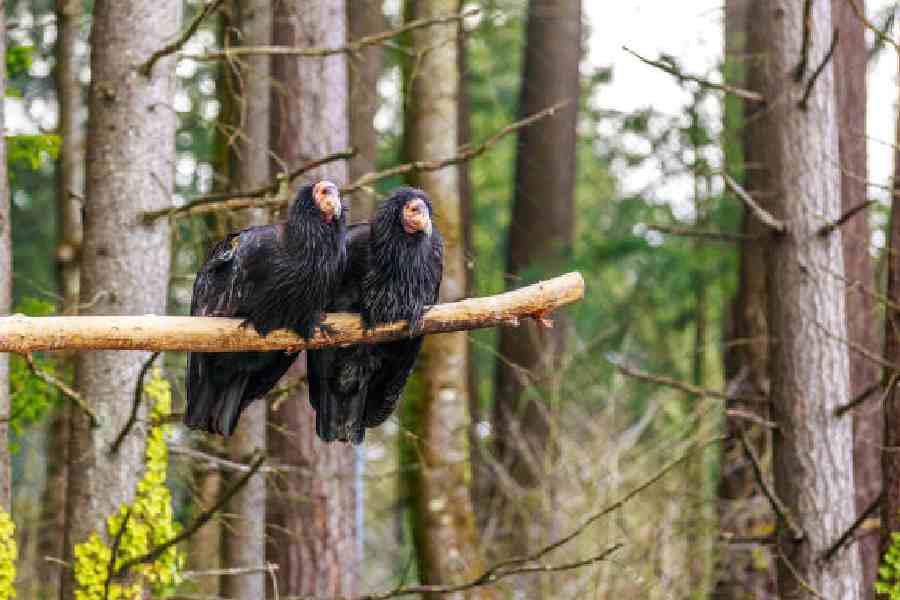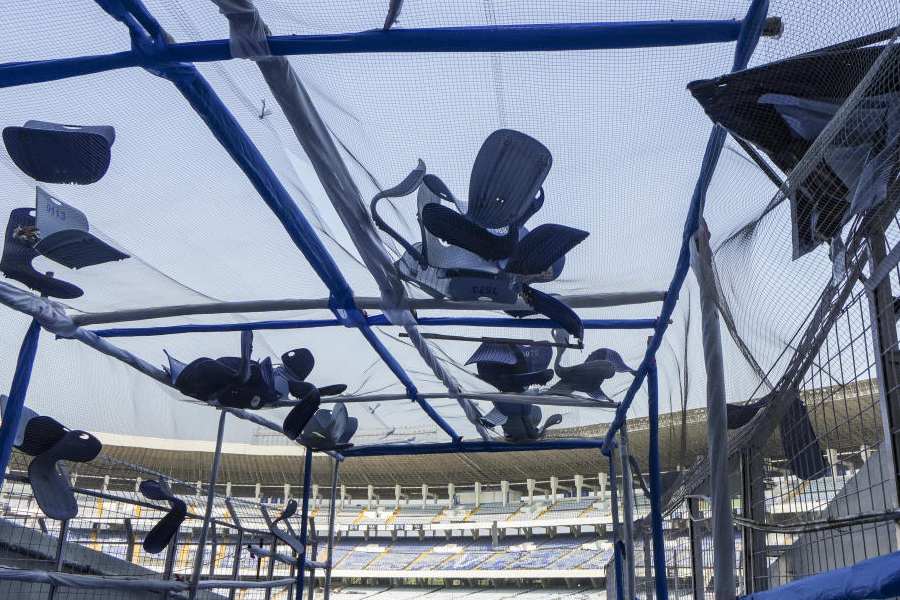If Valentine’s Day had an animal mascot, it would have to be one of the species whose females can reproduce without a mate. Nearly all animals make more of themselves the traditional way, by combining eggs and sperm. But some have an alternative called parthenogenesis: no males needed.
No matter how many romantically frustrated mammals have wished they could truly go it alone, a genetic quirk means we still need sexual reproduction. For now, parthenogenesis is for the birds (and the bees), the fishes and the reptiles.
One of the most famous recent cases of parthenogenesis involved California condors, an endangered species. In 2013, Leona Chemnick, then a researcher at the San Diego Zoo Wildlife Alliance, US, discovered that two male chicks in the condor breeding programme had DNA that didn’t match that of the fathers in their cages — or of any other male. The chicks’ DNA only matched their moms’.
Chemnick caught Oliver Ryder, the zoo’s director of conservation genetics, on the way to his car and asked him about the odd data. Ryder explained any such condor chicks must have come from eggs that were not fertilised by sperm.
“We were literally walking out to the parking lot and had this eureka moment,” Ryder said.
By the time the two scientists and other colleagues published their parthenogenesis finding in 2021, the chicks, or parthenotes, were long gone. They’d both died young. Their mothers both had many other offspring, though, conceived with their mates in the usual way.
Every condor conception is a miracle of another kind. In 1982, when only 22 California condors remained on the planet, conservationists began trapping every bird and bringing them into captivity in a desperate bid to save the species. In 2022, the birds numbered 561, most of them free in the wild.
A crucial part of growing that population has been tracking the birds’ genetics, which allowed the discovery of the parthenote chicks. Since finding the first two, Ryder’s team found two more, although they died before hatching.
How their moms made them is a bit murky.
Condors, like most animals, carry two copies of every gene — one copy from each parent. To make a sperm or egg cell, an animal must divide its genetic material in half. When egg and sperm meet during sexual reproduction, they combine their genes to create one complete new genome.
To make chicks sans sperm, the condor moms must have doubled the DNA from an egg. There are a few ways this could have happened, Ryder said, and his team is conducting an analysis that should resolve the mystery.
Other birds, including chickens and turkeys, have also accomplished the feat. Then there are the reptiles, including Komodo dragons and other clever girls, that have been found to reproduce this way. Last year, scientists reported parthenogenesis in an American crocodile. Some snake and lizard species reproduce only this way and have given up sex entirely.
At Shedd Aquarium in Chicago, US, a female zebra shark named Bubbles had two parthenote pups in 2016, though both died shortly after hatching. Bubbles surprised scientists with her quasi-virgin birth because she wasn’t alone at the time. She was living with two male sharks, which presumably wouldn’t have minded sharing their sperm.
No one knows whether a female can choose to reproduce on her own — say, if her current breeding options are unsatisfying — or whether parthenogenesis happens outside her control.
“It would be fascinating if they could willfully decide to do that,” Ryder said.
Humans have only noticed parthenogenesis when solo females had young or when researchers were monitoring a population’s genes. Given how many different branches of life have demonstrated the ability, though, many more kinds of female animals could be secretly reproducing on their own.
“It’s probably much more widespread than we think,” Ryder said.
NYTNS










